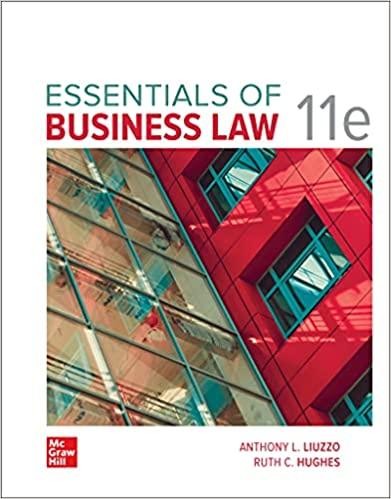Question
The most common defences to negligence lawsuits are (i) assumption of risk, (ii) supervening cause and (iii) comparative negligence. Match the definition with the concept.
The most common defences to negligence lawsuits are (i) assumption of risk, (ii) supervening cause and (iii) comparative negligence. Match the definition with the concept.
a. where a party is partly at fault for the accident, his or her damages may be reduced in proportion to the degree to which his/her actions contributed to the accident and the resulting injuries. _________________________
b. defendant's negligence did not ultimately cause the plaintiff's injury; rather, an intervening event or occurrence which was not foreseeable caused the injury. ____________________. (Remember to distinguish that an intervening event that is foreseeable will NOT cut off the chain of causation and absolve the defendant of liability.)
c. the injured party voluntarily assumed a known risk. __________________
Step by Step Solution
There are 3 Steps involved in it
Step: 1

Get Instant Access to Expert-Tailored Solutions
See step-by-step solutions with expert insights and AI powered tools for academic success
Step: 2

Step: 3

Ace Your Homework with AI
Get the answers you need in no time with our AI-driven, step-by-step assistance
Get Started


